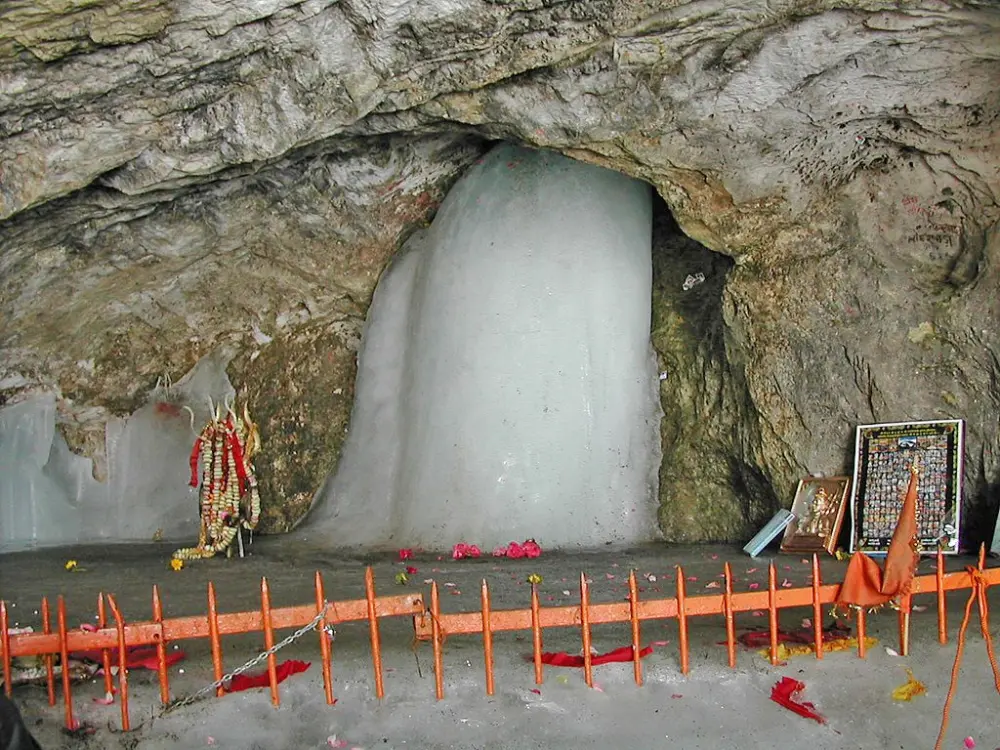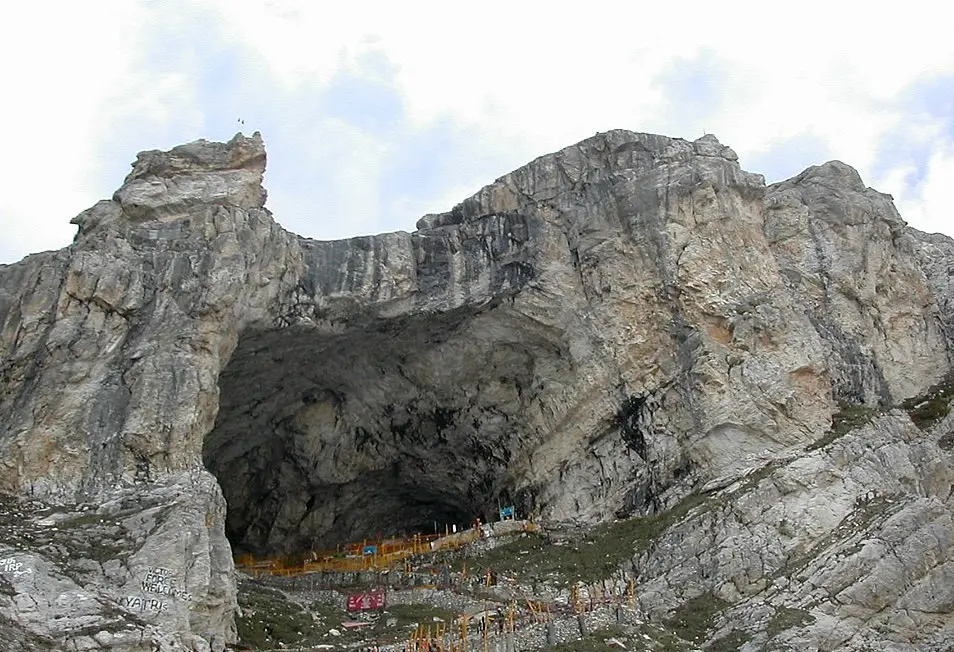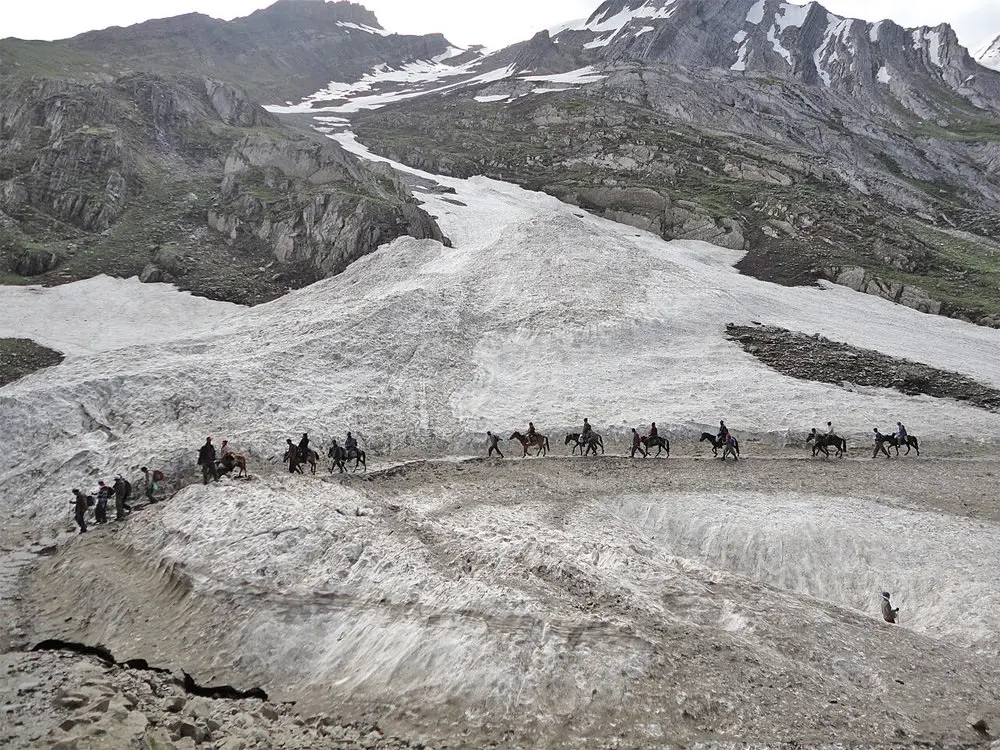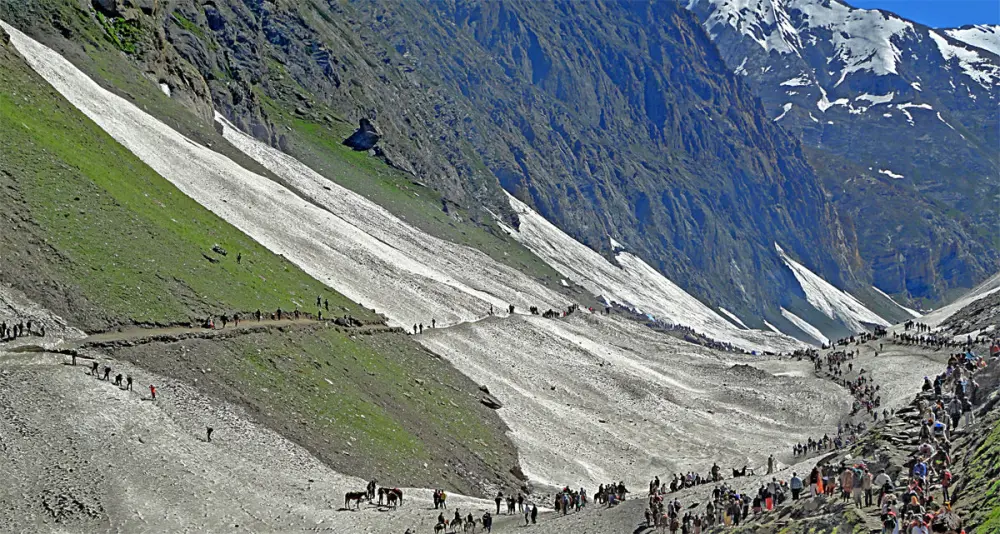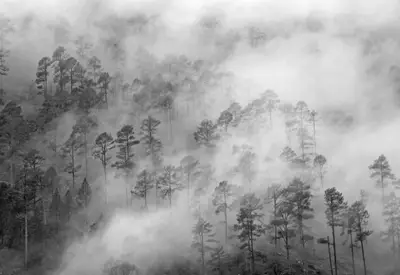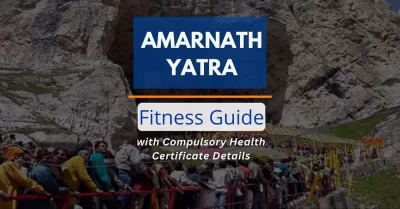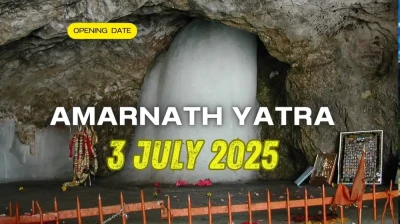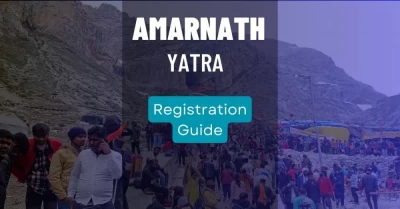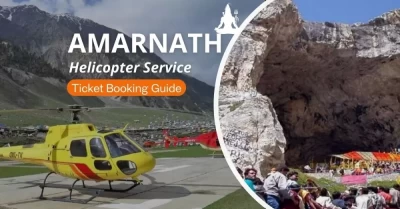Amarnath Yatra FAQs
Planning a trip to Amarnath can raise numerous questions about travel, accommodation, activities, and more. To make your journey seamless, we have compiled a comprehensive list of frequently asked questions (FAQs) for Amarnath. Whether you're visiting for the first time beginner or a seasoned traveler looking for updates, this guide will address all your queries, from the best time to visit to essential travel tips. Let’s ensure your Amarnath trip is well-informed and hassle-free!
Q: What is the best time to visit Amarnath?
The best time to visit is during the Amarnath Yatra season, typically from late June to early August.
Q: How can I register for the Amarnath Yatra?
You can register online or through designated banks authorized by the Shri Amarnathji Shrine Board (SASB).
Q: Is the trek to Amarnath difficult?
Yes, the trek can be challenging due to high altitude and unpredictable weather. Proper fitness and preparation are advised.
Q: Are helicopter services available?
Yes, helicopter services operate from Baltal and Pahalgam to Panjtarni, from where the cave is a short trek.
Q: What are the accommodations like during the Yatra?
Accommodation includes tents, lodges, and rest houses near the base camps of Baltal and Pahalgam.
Q: How difficult is the Amarnath trek?
The trek is moderately difficult and requires good physical fitness. High altitude, cold temperatures, and steep paths can be challenging, especially for first-time trekkers.
Q: What is the distance of the trek from Baltal and Pahalgam?
From Baltal, the trek is around 14 km and can be completed in a day. From Pahalgam, it is about 36 km and is typically covered in 2-3 days.
Q: Are there any medical facilities available during the Yatra?
Yes, medical facilities and emergency services are available at designated camps along the route. It's advisable to carry essential medications and get a health check-up before the trek.
Q: What should I carry for the Amarnath Yatra?
You should carry warm clothing, sturdy trekking shoes, rain gear, a first aid kit, dry fruits or energy bars, water bottles, sunscreen, and government-issued identification documents.
Q: Are there any restrictions on who can undertake the Amarnath Yatra?
Yes, individuals under 13 years of age, over 75 years, and women more than six weeks pregnant are advised not to participate due to the strenuous nature of the trek.
Q: Is photography allowed at the cave?
Photography is generally not allowed inside the cave as it is a sacred site. However, you can capture the surrounding scenic beauty during the trek.
Q: What are the food options available during the Yatra?
Langars (community kitchens) along the route provide free meals to pilgrims. You can also carry lightweight snacks for the trek.
Q: How do I get a medical certificate for the Yatra?
A medical certificate can be obtained from government-authorized hospitals and clinics. It is mandatory to submit this certificate during the registration process.
Q: Is there any dress code for visiting the Amarnath Cave?
While there is no strict dress code, it is recommended to wear modest, comfortable, and warm clothing suitable for trekking in cold weather.
Q: Can I use mobile phones during the Yatra?
Mobile connectivity is limited along the route, especially at higher altitudes. Carry a power bank and inform your loved ones beforehand about possible communication gaps.
Q: Are there restrooms available along the trek?
Yes, basic restroom facilities are available at campsites, but they may not always be well-maintained due to the high number of pilgrims.
Q: What are the weather conditions during the Yatra?
The weather is highly unpredictable, with sudden rains, snow, and temperature drops. Carry appropriate clothing and rain protection.
Q: Is it possible to complete the Yatra in one day?
If you take the Baltal route and use helicopter services, it is possible to visit the cave and return on the same day. However, this depends on weather conditions and service availability.
Q: Are senior citizens allowed on the Yatra?
Yes, but they should undergo a thorough medical check-up and ensure they meet the physical requirements for the trek. Helicopter services are often preferred by senior citizens for easier access.
We hope this Amarnath FAQs section has addressed your queries and provided you with valuable insights to plan your trip. If you have any additional questions or require further assistance, feel free to reach out to Amarnath local travel experts or official tourism websites. Remember, a well-prepared traveler is a happy traveler. Pack your bags and get ready for an unforgettable adventure!
